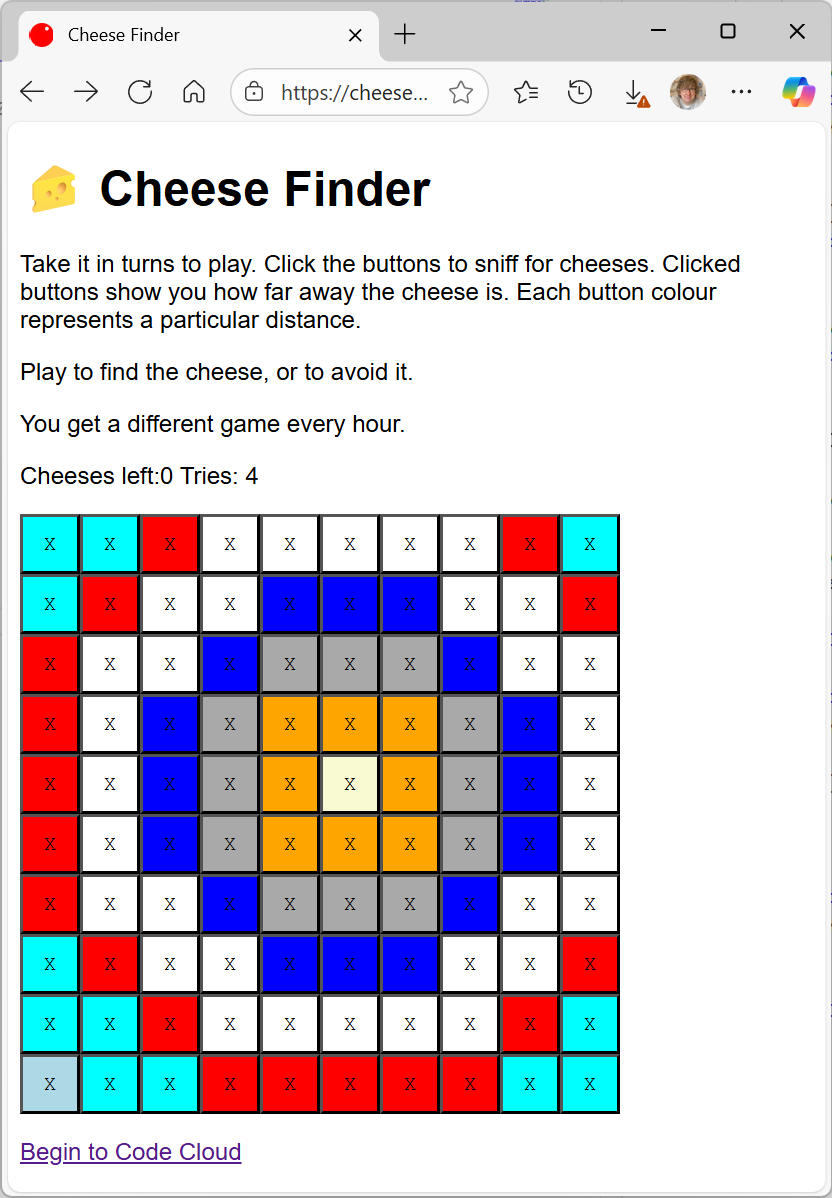Play My Gold Mine
/Not sure why they make a big deal of “Open & Play”. We’ve been doing that with our games for years..
My Gold Mine is a nice little game. Particularly if you allow nice to mean “Setting up fellow players for a bit of dragon flambé”. The rules are simple enough. Each turn you have to decide whether to head for he exit or pick up some more gold and maybe move towards the dragon (a brave move).
The risk is that if you find yourself occupying the same position as the dragon you end up roasted and out of the round. Some of the moves let you mess with your fellow players, swapping places with them or dragging everyone towards the exit when you’re ahead in the game.
The game plays over three rounds and the tension racks up nicely as you head for the final that will decide the winner. It was great fun and comes strongly recommended. Even though I didn’t win..


























